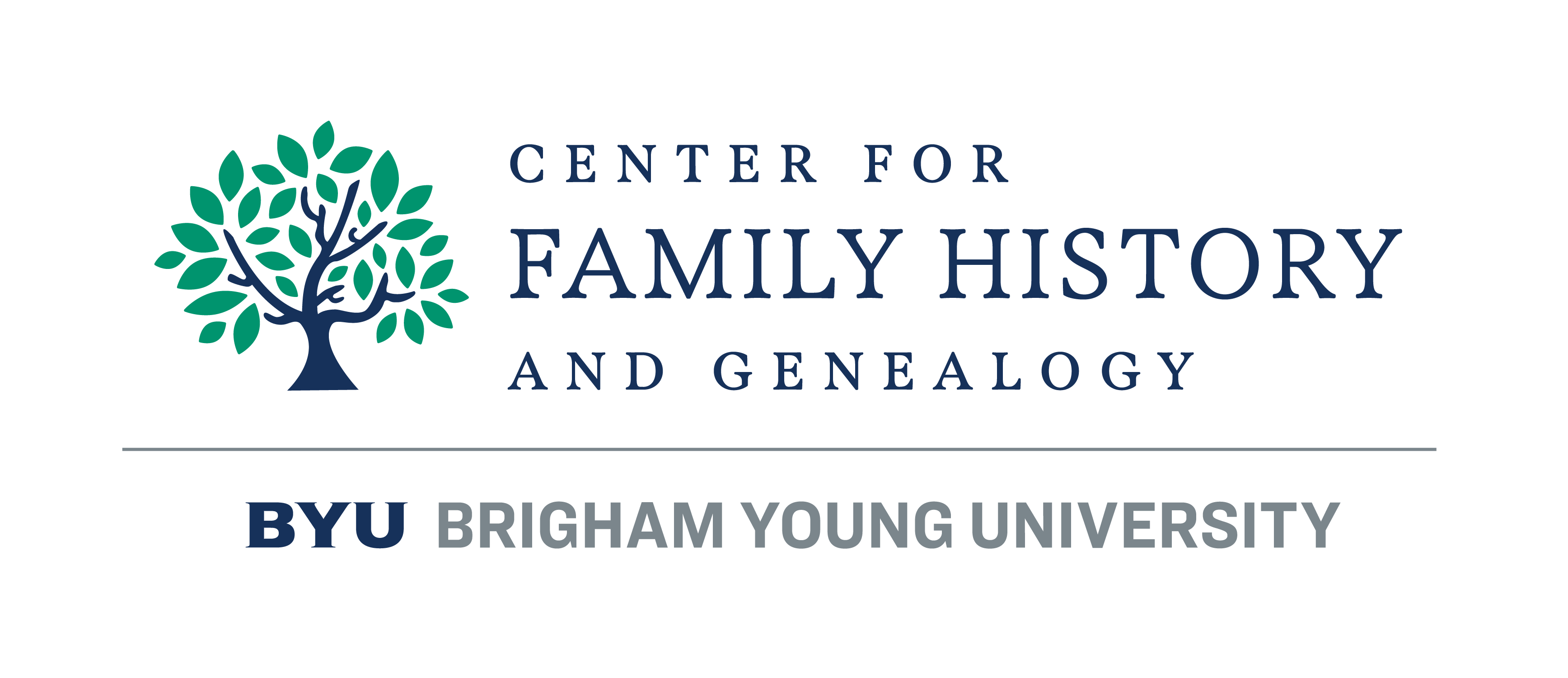| Sources (hover for more info) |
| Civil Registration |
| Census |
| Poor Law Records |
Dade Registers
Parish registers with more information than the average register are often classified as Dade Registers. William Dade was an eighteenth-century Church of England clergyman in Yorkshire. He included extra information, particularly for baptisms and burials, than was usually recorded. The archbishop of York required this to be done in every parish beginning in 1777, though few clergymen consistently complied. Though some places continued to record additional information until the middle of the nineteenth century, the practice largely disappeared after 1813, when the Church of England began recording baptisms, marriages, and burials on pre-printed forms. Non-compliance was an issue, as many priests did not want to have to record extra information for each entry. However, in many parish registers in Yorkshire between 1777 and 1812, extra information can be found.
During these years most parish registers only included the name, parents, and baptism date in baptism registers, the names of the bride and groom and the date in marriage registers, and the name, relation, and burial date in burial registers. In parish registers in York, baptism registers often included parents and grandparents (even great-grandparents) and their professions and abodes and the birth date for the child; marriage registers often included the abodes, professions, and ages of the bride and groom; and burial registers often included parents or a relation, death date, burial place, cause of death, and age. Even after the inception of pre-printed forms, many parishes continued to add extra information, such as birth dates in baptism registers and familial relationships in burial registers.
This practice was not unique to Yorkshire. Instead, various priests recorded extra information on their parish registers throughout England during this time period. They can be found in the counties of Cheshire, Devon, Essex, Lancashire, Nottinghamshire, Surrey, Gloucestershire, and Dorset. All of these registers are classified as Dade Registers. A similar scheme developed in the Diocese of Durham under the direction of Bishop Shute Barrington. These so-called Barrington Registers, beginning in c.1798, can be found on FamilySearch. In the future we will add survey information about Barrington Registers to this page.
All of the parishes in Yorkshire and elsewhere that listed extra information, the years that information was listed, and what the extra information contained appear on this map. Click on a map pin to see the details about that location. You can also access the data as an excel spreadsheet: Download
